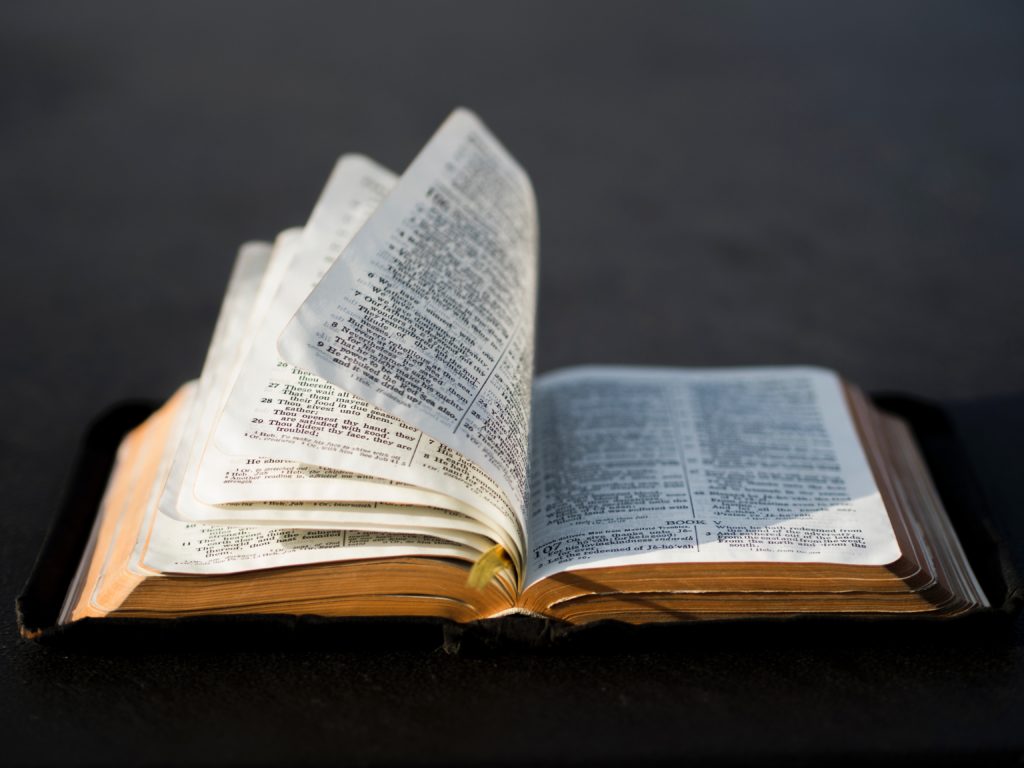
Part 1: The Most Important Thing | Part 2: Moving to the Dump
So now Christ has left the “ivory palaces” and moved to the dump. Let’s talk more specifically about what that was like.
Paul describes this change as taking on “the form of a servant, being made in the likeness of men” (Php 2.7). That word form, by the way, is the same Greek word as form in the previous verse; you may recall from the previous post that Greek scholar J.B. Lightfoot defined it as “that which is intrinsic and essential to a thing.”
That means that he became just as much a servant as he was God before the incarnation. He became a human being, with all of the limitations that human beings have—with the one exception, as the author of Hebrews tells us, of being “without sin” (He 4.15).
So, to start with, he became embodied; he lived “here.” And “hereness” is not something he had known before, being spirit, and being omnipresent. Now, this is puzzling to us, because we’re not good at wrapping our finite minds around the concept of infinity. I said in the previous post that Jesus remained fully God throughout his incarnation—and that means, logically, that he retained all the attributes of God, which would include omnipresence. How does that work after he assumes a human body?
I dunno.
I’ve written before of the heaven-shaking nature of the (verbally, anyway) simple statement that God became man. How does Jesus experience omnipresence when he’s in a body that his disciples, who are pretty much always with him, can see is right there? Does he move with super speed? That’s not omnipresence. Does he just not go anywhere outside his body for 33 years? Well, “going” isn’t omnipresence either. Is he present bodily in Palestine, and everywhere else spiritually?
I dunno.
There’s a verse that seems to imply that his presence is not limited to his body. At one point he speaks of himself to Nicodemus as “the Son of man, who is in heaven” (Jn 3.13; note the present tense). But as it happens, there’s a significant question as to whether that final phrase is in the original text, so the case isn’t closed.
At any rate, the Son is now “placed”; he is located “here” or “there.” It appears to me that that’s a significant restriction. Even as he heals the sick, calms the storm, and raises the dead, He works from within a prison that He has constructed for Himself.
Second, he experiences, as Shakespeare put it in the mouth of Hamlet, “the thousand natural shocks that flesh is heir to.” If he doesn’t eat, he gets hungry (Lk 4.2); if he doesn’t drink, he gets thirsty (Jn 19.28); and if he’s active, he gets tired.
Arriving at the community well in Samaria, he’s too exhausted to draw enough water for a personal drink, so he has to wait for someone to come along—in the hottest part of the day, when people didn’t go out to draw water, and traffic there would be sparse (Jn 4.6). When the boat he’s in enters a storm so violent that the professional fishermen among his disciples believe they’re doomed, he’s sound asleep in the bottom of the boat (Mt 8.24). Have you ever been tired enough to sleep through something like that?
Theologian Millard Erickson compares the incarnation to a three-legged race. The racers have three legs instead of two, but that doesn’t make them faster; it slows them down. When the Son added to his divine nature a human one, he ran, so to speak, more slowly. He who had never experienced difficulty at all found everything more difficult.
In his prayer to the Father the night before his death, Jesus refers to “the glory that I had with you before” (Jn 17.5).
“I had.” Past tense. That’s poignant. He was remembering the way it “used to be.” The everlasting, unchangeable God speaks of “used to be.”
This is a humiliation.
But Paul is not done yet.
Next time.
Part 4: And Worse | Part 5: Reversal | Part 6: Risen | Part 7: Ascended | Part 8: Enthroned | Part 9: Coming Again | Part 10: Final Thoughts
Photo by Aaron Burden on Unsplash

Leave a reply. Keep it clean.